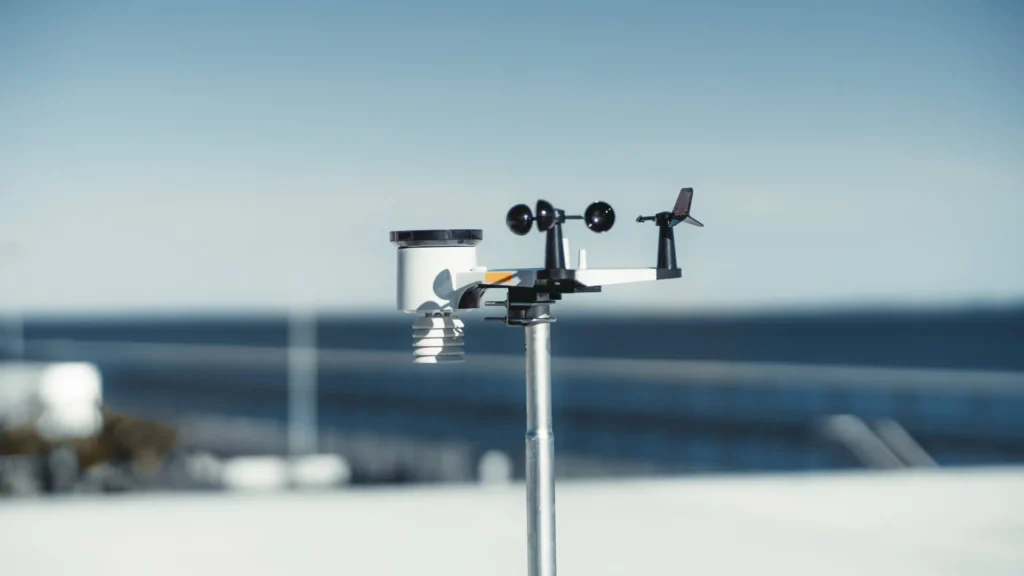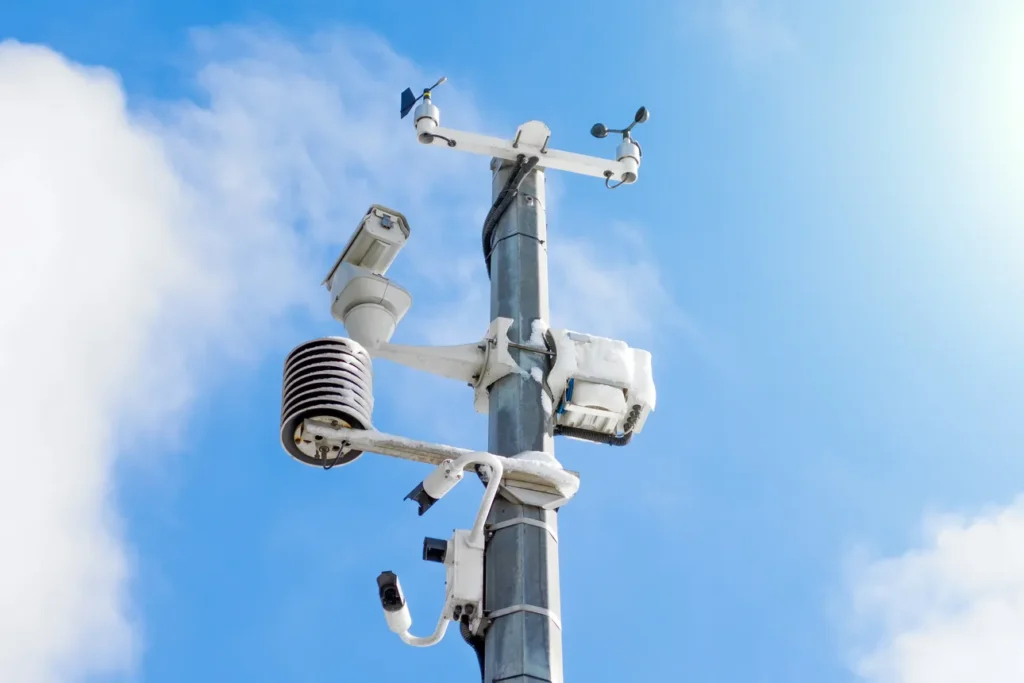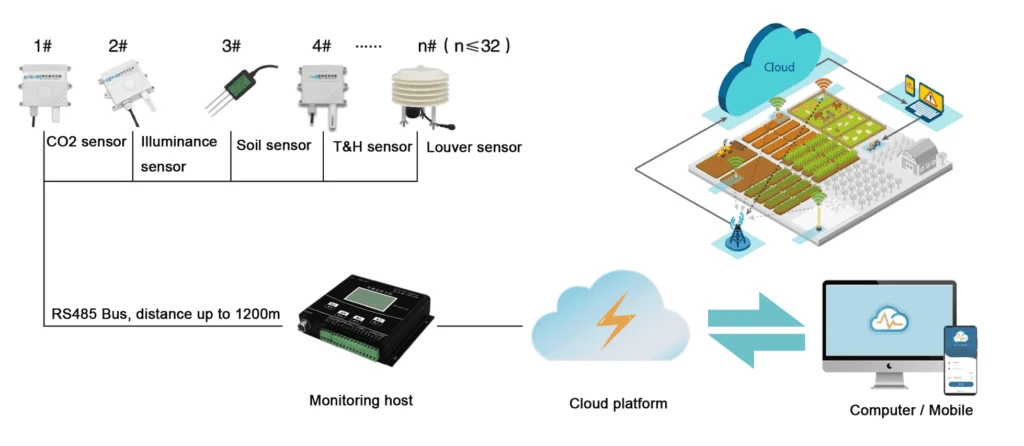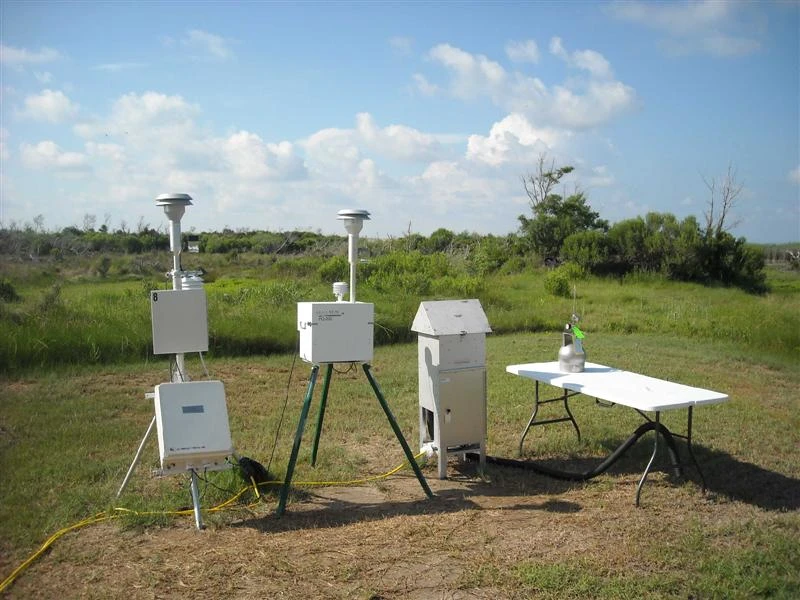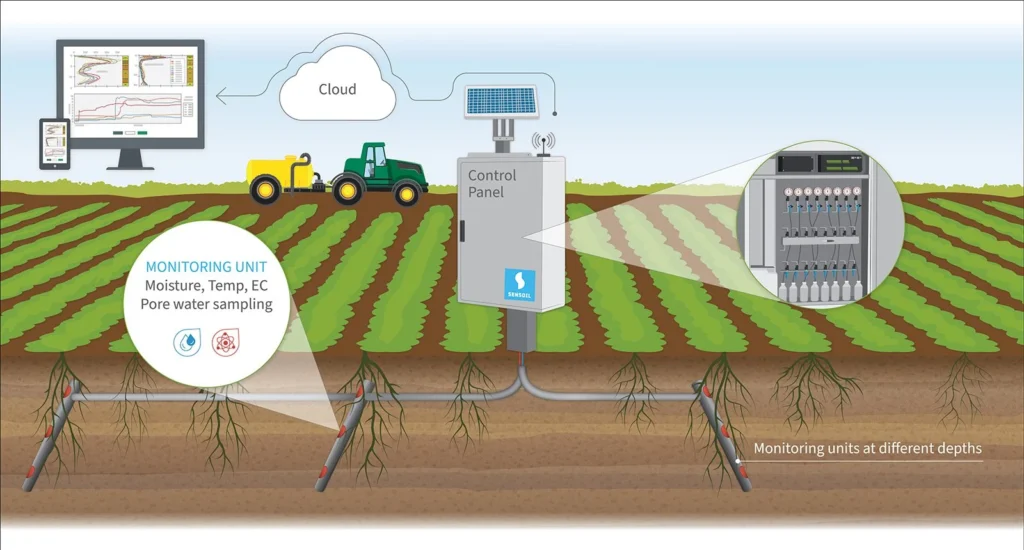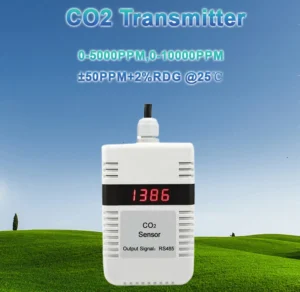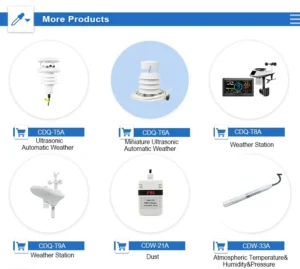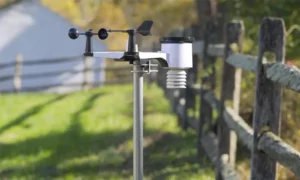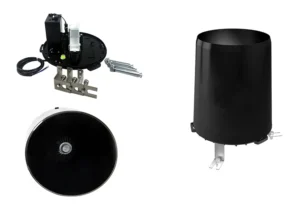Environmental Monitoring: Types and Systems
Since industrialization began, toxic substances have polluted the air, soil, and water. These include harmful gases and solid waste. This growing concern shows we need better technologies to environmental monitoring.
These include sensors and the Internet of Things (IoT). These tools help build systems that watch over the environment. They track and reduce the ecological damage from industrial processes.
Understanding Environmental Monitoring
Environmental monitoring means using sensors and IoT technologies. These tools help us see changes in different environmental quality indicators. The gathered information is checked to create plans for protecting the environment.
This method is widely used by environmental monitoring centers, government agencies, and independent testing groups. It usually involves checking things like air quality, water quality, soil conditions, noise pollution, and biodiversity.
Categories of Environmental Monitoring
Environmental monitoring can be classified into various sectors. This means checking the quality of air, soil, and water. It also looks at noise levels and various living things.
Air Monitoring
Air quality is a crucial element of environmental monitoring due to its direct impact on human health. And air monitoring mainly looks at pollutants in gas form, like sulfur dioxide and nitrogen oxides.
It also checks for particulate matter, such as PM2.5 and PM10. Measuring the levels of these pollutants gives important information about air quality. It also helps us make plans to lessen their effects on human health.
Soil Monitoring
Soil monitoring uses special tools to check how healthy the soil is. You can do this over time or at certain times. These evaluations aim to understand soil quality and track changes in pollutant levels. Soil monitoring usually looks at two things: checking soil nutrients and finding changes in harmful substances.
Water Quality Monitoring
Water is essential for daily life and industry. About 70% of the Earth’s surface is made up of water. Water quality monitoring is an important part of keeping an eye on the environment.
It looks at changes in pollutants and trace elements found in water. This shows us how clean the water is. Key factors include temperature, pH balance, dissolved oxygen, clarity, and nutrient levels like nitrogen and phosphorus. They also include heavy metals, germs, and different types of species.
Noise Monitoring
The growth of industries such as manufacturing and transportation has led to more noise pollution. This can disrupt sleep, harm hearing, and hurt wildlife. Noise monitoring checks how loud sounds affect ecosystems. It helps protect the balance of the environment.
Biodiversity Monitoring
Keeping an eye on biodiversity is important for checking ecosystem health and watching for environmental changes. This means looking at the variety of species, their population sizes, and how they are spread out over time. Biodiversity assessments use old ground surveys and new tools. These tools help gather data automatically.
Key Environmental Monitoring Systems
Environmental monitoring systems are made to focus on specific goals. They use special methods based on the areas we talked about. Here are the key parts of various systems used for environmental analysis:
Air Monitoring System
An air monitoring system gathers, sends, and studies data about air pollution. It has sensors, data collection units, communication systems, data management platforms, and other key parts.
1. Gas and Weather Sensors
The air monitoring system uses different gas and weather sensors at its measurement points. These sensors detect air parameters through physical or chemical interactions.
Examples include air quality sensors. They measure PM2.5 levels by using light scattering. CO2 sensors use a method called NDIR. NDIR stands for Non-Dispersive Infrared technology.
There are sensors that measure the levels of SO2, NO2, and ozone. Weather sensors do more than track air pollution. They also collect data on wind speed, wind direction, temperature, humidity, and air pressure. This detailed dataset helps scientists study how pollutants spread and move.
2. Monitoring Host and IoT Integration
Sensors can measure things in the environment. However, they need extra parts to send data. A monitoring host does this by collecting, storing, and processing data from sensors.
The host does tasks such as reducing noise and normalizing data. This makes sure the results are reliable before sending them to a central data platform using IoT networks. A monitoring host can often handle many sensor connections. For example, it may support up to 32 RS485 sensors at the same time.
3. Data Platform
The final stage in the system is the platform for data analysis and management. This can be cloud solutions, local software, or custom platforms that clients maintain.
Administrators can use this platform to access real-time and past data. They can set alarm settings and control devices like valve switches. And they can check the equipment status. They can also do remote diagnostics and maintenance.
Soil Environmental Monitoring System
A soil monitoring system typically has sensors, data collectors, communication tools, and management platforms. These platforms can be in the cloud or on local devices. Here are the main parts:
1. Soil Sensors
Advanced soil sensors check key soil features. These include moisture content, temperature, electrical conductivity (EC), and pH balance.
They also check salinity, organic matter, and nutrients such as nitrogen, phosphorus, and potassium. They also check for heavy metal levels. These measurements give important basic information for checking soil health and fertility.
2. Data Collector
The data collector gathers real-time information from soil sensors. It then changes these readings into digital signals. These devices can take input from many sensors at the same time. They do this efficiently.
3. Communication Module
Once the data collector changes the information to digital form, the processed data goes to the management system. This happens in real time through the communication module.
Modern soil monitoring systems use both wired and wireless technologies. You can use wired options like RS485. For wireless, you can choose LoRa, NB-IoT, or 4G. These technologies help ensure stable and consistent data relay.
4. Cloud or Local Management Platforms
Cloud platforms or local software solutions act as the main center for data analysis. They handle the storage, processing, and organization of collected data. These platforms show soil conditions in real-time. They also make detailed reports that help with decisions.
System for Monitoring Water Environment
Monitoring water quality involves a sophisticated system. It includes water quality sensors, data collectors, and IoT communication networks. There are also centralized data processing hubs and early warning systems.
Each part works together in a system. This helps track water conditions clearly and supports better management of the environment.
Water Monitoring System
**1. Water Quality Sensors**
These metrics are important indicators. They help us see how healthy and good the water is.
**2. Data Collector**
The data collector is important for gathering real-time data from different water quality sensors. It collects and keeps raw measurements. Then, it converts them into digital signals.
These signals are sent to the management platform through IoT technology. A single host can work with up to 32 RS485 water quality sensors at the same time. This helps gather data quickly and completely.
**3. Internet of Things (IoT) Technology**
IoT tech enables effortless remote and automated data exchange. The water quality measurements from sensors are sent to the cloud platform in real time. This happens through wireless methods like LoRa, Wi-Fi, 4G, or satellite. This connection allows managers to access important water quality information from anywhere, at any time.
**4. Data Management Platform**
The management platform processes, stores, and analyzes the data it collects. It uses advanced methods for big data. And it provides real-time monitoring and trend analysis for changes in water quality.
It also sends automated alerts for unusual conditions. Managers can quickly fix small issues before they turn into big problems. This helps keep water quality standards the same.
**5. Data Analysis and Reporting Tools**
The system creates detailed water quality reports using advanced data analysis tools. These reports include current data, past comparisons, predictions, and other insights. They help managers make decisions.
Noise Monitoring System
The noise monitoring system collects sound data, analyzes it smartly, and reports it on time. By giving real-time noise level assessments, it helps make a better environment and lowers harmful noise pollution.
**1. Noise Sensors or Detectors**
Noise sensors are the main tools for capturing background sounds in real time. These devices are made for high sensitivity. They make sure to detect sound accurately.
They also convert audio input into electrical signals for processing. The careful placement and adjustment of these sensors are important. They help us get reliable data and be effective.
**2. Transmission Module**
The transmission module sends processed noise data from the monitoring site to the central analysis system. This stage often uses wireless technologies such as Wi-Fi or ZigBee. These help keep communication up-to-date and make sure data is accurate.
**3. Data Analysis Platform**
The analytical platform is the main part of the system. It uses special algorithms to understand the noise data sent to it.
It does tasks like finding features and recognizing patterns. This helps managers keep track of noise levels at all times. They can find problems, predict noise patterns, and act when necessary.
Biodiversity Monitoring System
The biodiversity monitoring system tracks, records, and studies changes in plants and animals in a specific area. It gives clear insights into ecosystem health. This helps environmental agencies and researchers make better conservation strategies.
**1. Collection Equipment**
This system uses different tools. These include drones, remote sensing satellites, automatic camera traps, acoustic monitors, and DNA barcoding. These tools help collect important data about biology and the environment. These tools gather information about species numbers, habitat quality, genetic variety, and environmental conditions.
**2. Database**
A central database is important for storing and managing data from biodiversity monitoring efforts. It acts as a storage place for information about species, habitat assessments, genetic diversity, and environmental data.
**3. Analysis Tools**
New technologies like AI, machine learning, GIS, and statistical analysis are used to study changes in biodiversity. These tools help find patterns or trends in ecosystems. These patterns may show risks or poor health.
**4. Reporting Tools**
Reporting tools make detailed biodiversity reports. These reports have visuals that help decision-makers make clear conservation plans. These reports help us see how well our current strategies are working. They also explain what is needed to watch over and protect biodiversity in the future.
Conclusion
Environmental monitoring is complex and technical. Creating good monitoring systems needs careful planning. Coda is a leading brand that makes equipment for monitoring the environment.
They have strong skills in checking water quality, soil, climate, noise, and pollution. We offer top equipment and great monitoring solutions made for your needs.
